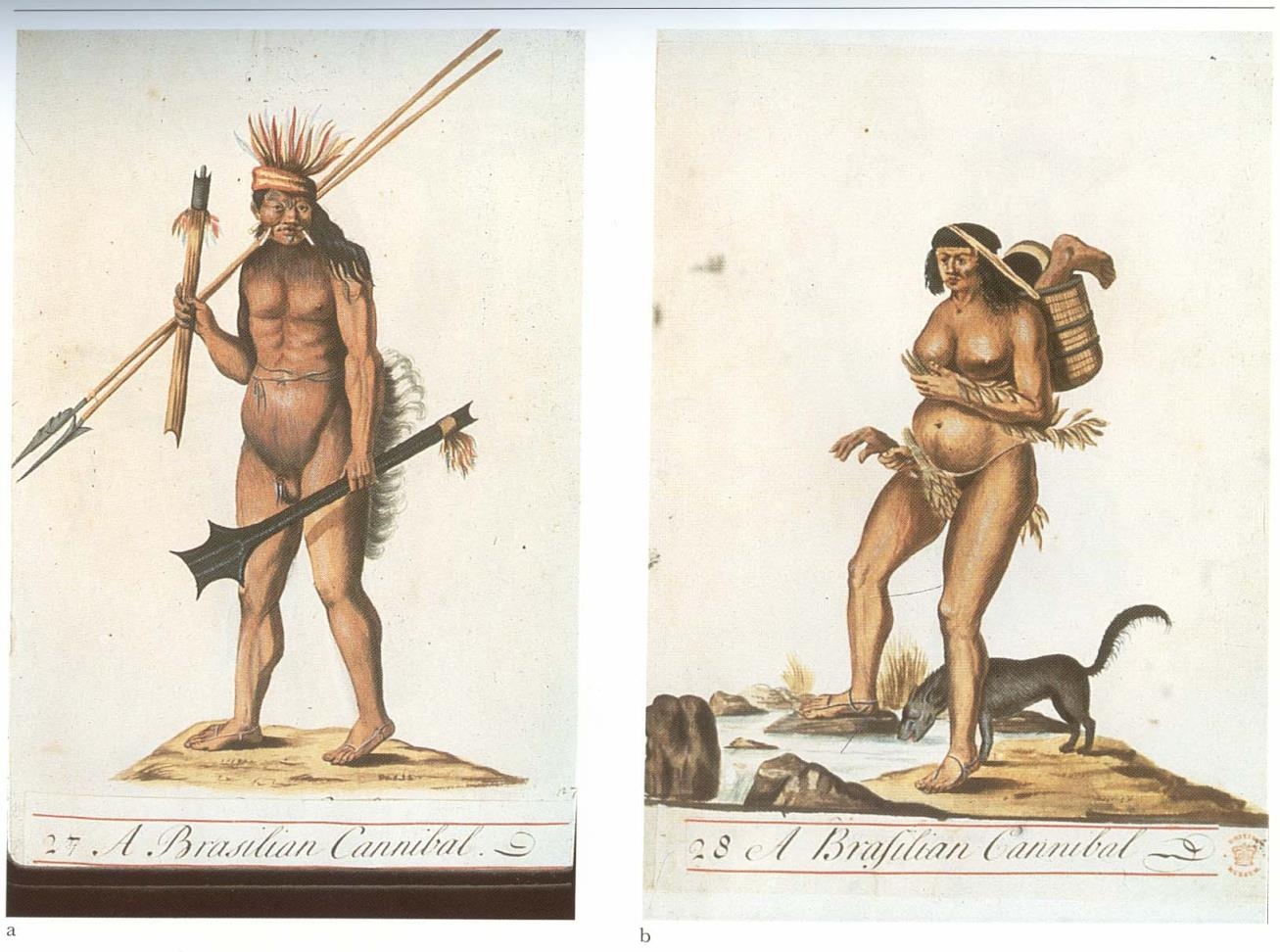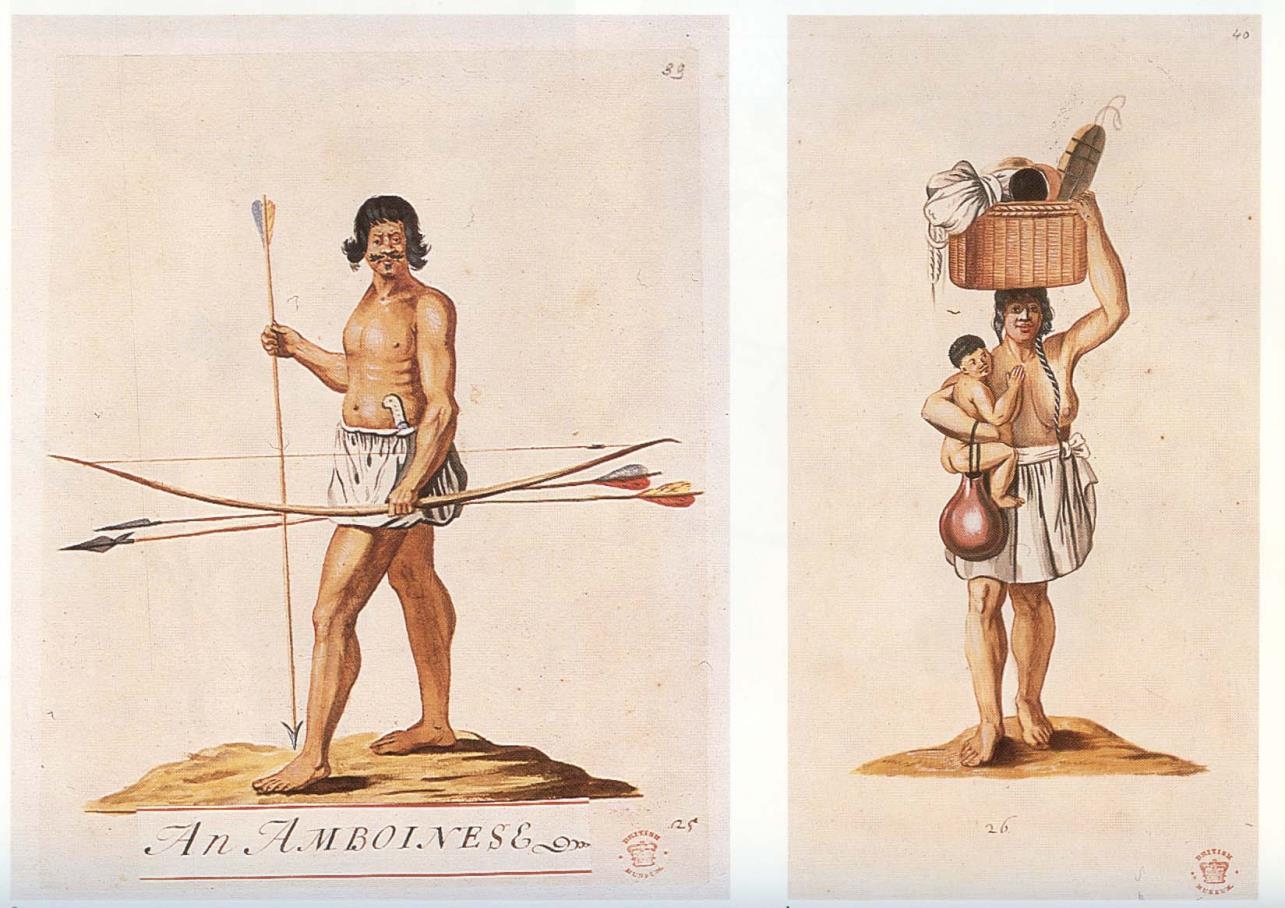Research project
Early modern comparative ethnography
The ‘Locke drawings’ collection and the representation of Brazilian native peoples in global perspective
- Duration
- 2012 - 2013
- Contact
- Mariana De Campos Francozo
- Funding
-
 This project is funded by a Cedla Slicher van Bath-de Jong Fonds fellowship.
This project is funded by a Cedla Slicher van Bath-de Jong Fonds fellowship.

This research project focuses on the British Library codex Ms Add 5253, also known as the ‘Locke Drawings’ codex, which contains 79 folios with colour depictions of native peoples from Ireland, Scotland, North America, Brazil, Angola, the Cape of Good Hope, Java, the Moluccas, Malaysia, China, and Japan.
The general aim of this research is to shed light on the place and role of the native peoples of Brazil within visual representations of the foreign exotic world in early modern Northern Europe. This is done through the detailed study of the contents, context and the history of the BL codex and by comparing it with other illustrated manuscripts and books in which Brazilian peoples were featured.
This research project focuses on the British Library codex Ms Add 5253, also known as the ‘Locke Drawings’ codex, which contains 79 folios with colored depictions of native peoples from Ireland, Scotland, North America, Brazil, Angola, the Cape of Good Hope, Java, the Moluccas, Malaysia, China, and Japan. Put together by different scholars and collectors between c.1680-1750 – including John Locke, Willem Courtens, and Sir Hans Sloane – , this codex is a remarkable source to study European understandings of otherness and systems of classification in an age of increasingly global interactions. In this research, I argue that, much like Renaissance natural history, early modern ethnography was also comparative in its core.

By taking this argument to its fullest potential, this research presents an innovative approach to the study of the position of indigenous peoples within the early modern European mindset. More often than not, scholars have studied representations of South American indigenous peoples isolated from their North American, African and Asian counterparts. This division in national boundaries, however, is a result of later historical developments and does not do justice to the original contexts in which such materials were produced and used, which were in fact global contexts.
From a methodological and historiographical point of view, thus, the underlying premise of this research is that we can better understand how ideas about indigenous peoples helped shape early modern European mindset if we look at them comparatively, much like those early modern scholars did.
This research project will result in the publication of a scholarly article about the Locke drawings series.
